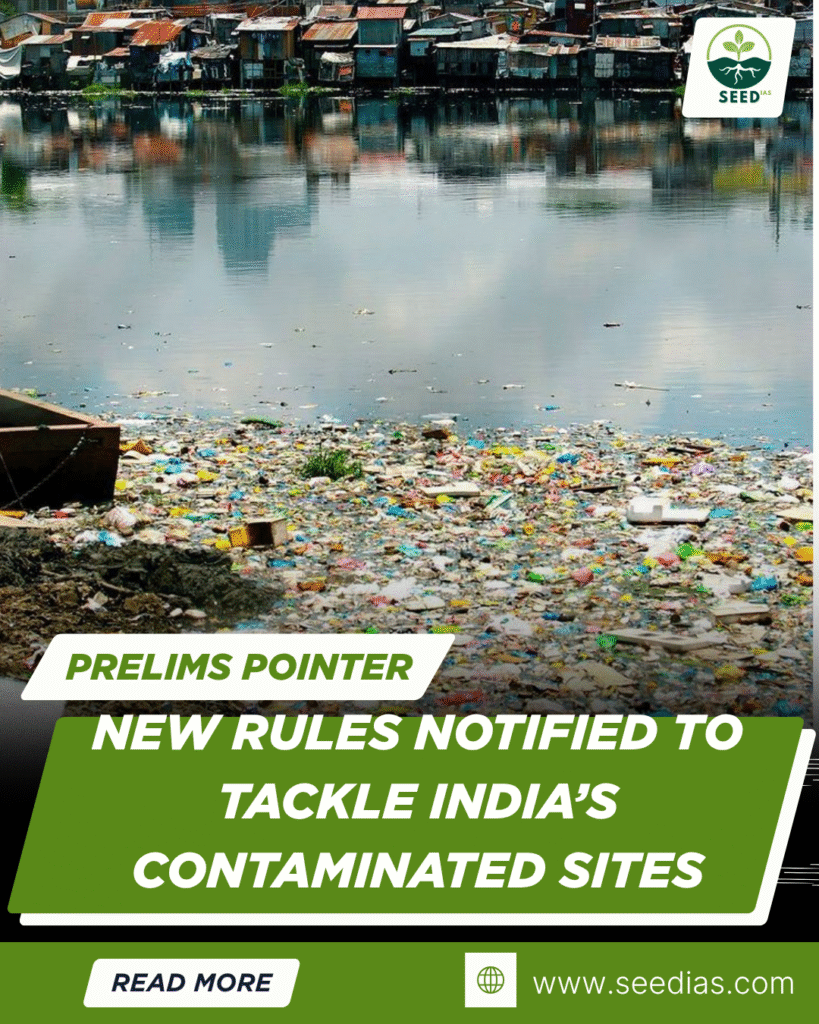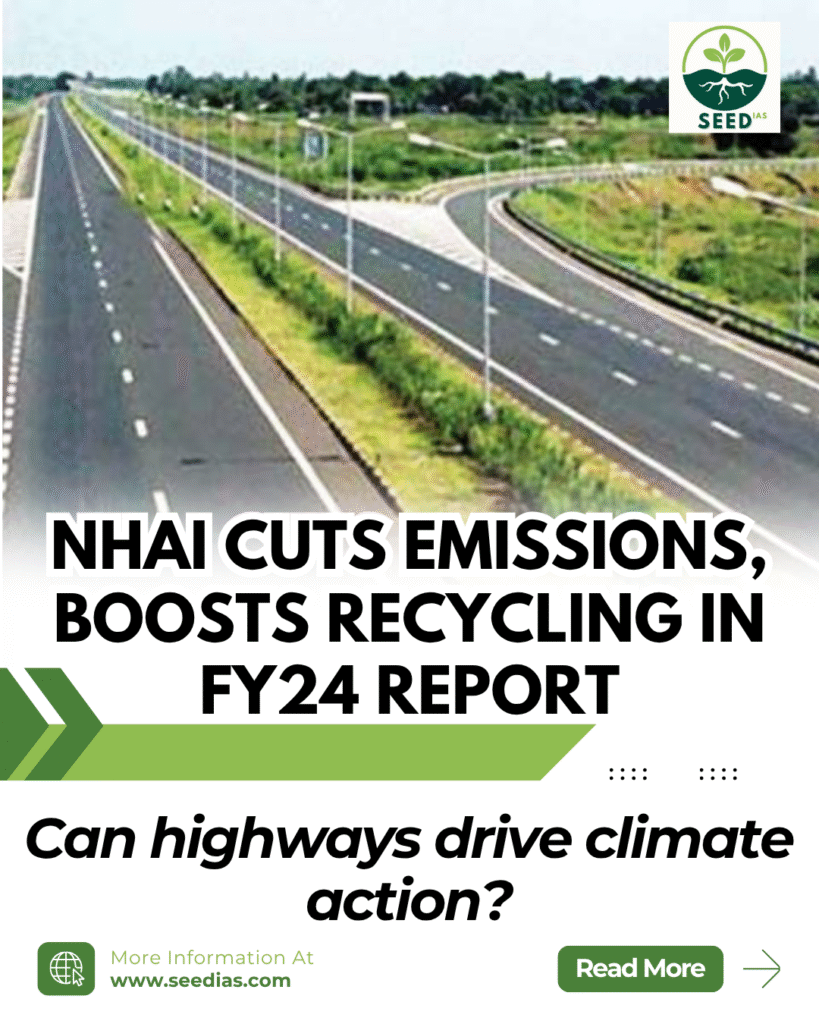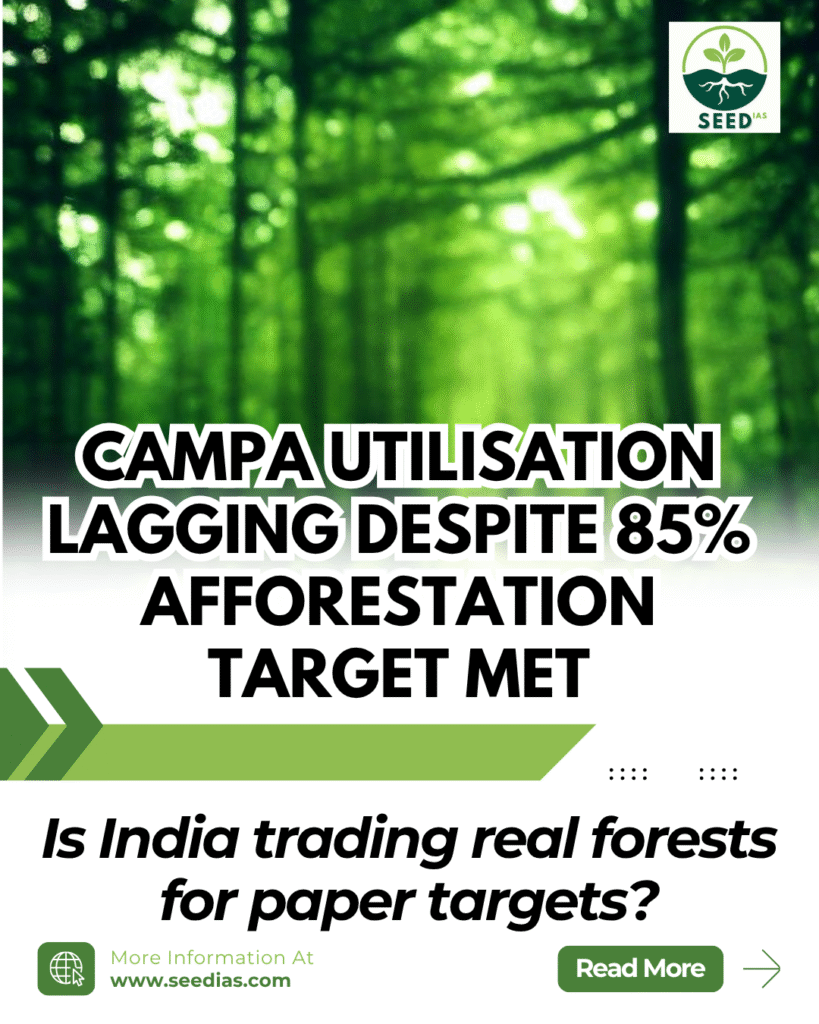Why in NEWS
The UN General Assembly has declared 2026 as the International Year of the Woman Farmer, acknowledging the crucial but underrecognized role of women in agriculture. Women contribute nearly 50% of the global food supply, forming 60%–80% of food producers in developing nations and 39% of the agricultural labor force in South Asia.
Key Concepts and Definitions
| Term | Explanation |
|---|---|
| International Year of the Woman Farmer | A UN-designated year (2026) dedicated to recognizing and empowering women in agriculture worldwide. |
| Feminisation of Agriculture | The growing presence and role of women in agriculture due to male migration and other socioeconomic factors. |
| Mahila Kisan Sashaktikaran Pariyojana (MKSP) | A government scheme to empower women farmers through capacity building and sustainable agriculture. |
News Summary
Women form the backbone of agriculture globally and especially in India, where 80% of rural women are engaged in farm work. Yet, they face deep-rooted inequality—owning only 14% of farmland and lacking access to credit, technology, and fair markets. As male migration increases, women have taken charge of farms, a trend termed the feminisation of Indian agriculture. Recognising this, the UN has declared 2026 as a special year to push reforms for their rights and roles.
Status of Women in Indian Agriculture
| Aspect | Data |
|---|---|
| Participation | 80% of rural women in agriculture |
| Women Farmers | 3.6 crore |
| Women Agri Labourers | 6.15 crore |
| Share in Labour Force | 33% |
| Self-employed in Farming | 48% |
| Land Ownership | Only 8.3% (NFHS-5) |
Challenges Faced
| Challenge | Description |
|---|---|
| Land Ownership Inequality | Limits access to institutional support, credit, and decision-making. |
| Low Tech & Skill Access | Financial illiteracy, poor tech exposure hinder productivity. |
| Time Poverty | Overburdened with domestic and farm duties; most work remains unpaid. |
| Market Exclusion | Discriminated in market spaces; poor transport, mobility, and price access. |
| Climate Vulnerability | Women bear greater brunt due to increased domestic and farming pressure. |
Government Initiatives Supporting Women in Agriculture
| Scheme/Project | Focus Area |
|---|---|
| MKSP & SMAM | Skill training, farm mechanisation support |
| NFSM | 30% budget earmarked for women |
| ENACT Project | Digital advisories for women farmers (Nagaon) |
| Flood-Resistant Crops & Market Linkages | Climate resilience and better produce pricing |
| SHGs & Microfinance | Rural financial inclusion |
| Lakhpati Didi Scheme | Promotes entrepreneurship among SHGs |
| Namo Drone Didi (2024–26) | Drones for 15,000 SHGs for agri-services |
| Per Drop More Crop & RAD | 30% fund for women within 50% for small/marginal farmers |
| Mahila Kisan Yojana | Loans to SC women for agri-enterprises |
| Rashtriya Mahila Kisan Diwas | Celebrated on 15th October |
Way Forward
| Recommendation | Purpose |
|---|---|
| Leverage 2026 Declaration | Use global attention to strengthen gender-equal agri-policies |
| Gender-Focused Policies | Base on disaggregated data to address women’s specific needs |
| Improve Access & Participation | Boost credit, info, SHG-led collective bargaining |
In a Nutshell
Mnemonic: “FARM HER”
Feminisation trend
Access to resources
Resilience to climate
Market participation
Hardship unrecognised
Education & tech gap
Reforms needed now
Prelims Practice Questions
- Which of the following correctly describes the term “Feminisation of Agriculture”?
A. Increasing male workforce in agriculture
B. Increased participation of women in agriculture due to male migration
C. A policy to reserve agricultural land for women
D. Exclusive mechanisation schemes for women - Consider the following statements about women in Indian agriculture:
1. They own over 50% of agricultural land.
2. They constitute around 33% of the agricultural labour force.
Which of the above is/are correct?
A. 1 only
B. 2 only
C. Both 1 and 2
D. Neither 1 nor 2 - The “Namo Drone Didi” initiative aims to:
A. Distribute free drones to large farmers
B. Train rural women to operate drones for agricultural services
C. Provide drones to government officials for crop surveys
D. Launch a drone-based pesticide spraying scheme for urban farms
Mains Practice Questions
- “The feminisation of Indian agriculture is an emerging reality, but not yet an empowering one.” Discuss with reference to structural challenges faced by women farmers. (GS Paper 1 – Society)
- Evaluate the effectiveness of recent government initiatives in addressing the challenges faced by women in Indian agriculture. Suggest additional measures to empower them. (GS Paper 3 – Agriculture)
Answers with Explanation (Prelims)
| Q No. | Answer | Explanation |
|---|---|---|
| 1 | B | Feminisation refers to the increased presence of women due to male outmigration. |
| 2 | B | Women own only about 8.3% of land but form around 33% of agri labour force. |
| 3 | B | The Namo Drone Didi scheme trains 15,000 SHGs to use drones in agriculture. |
















